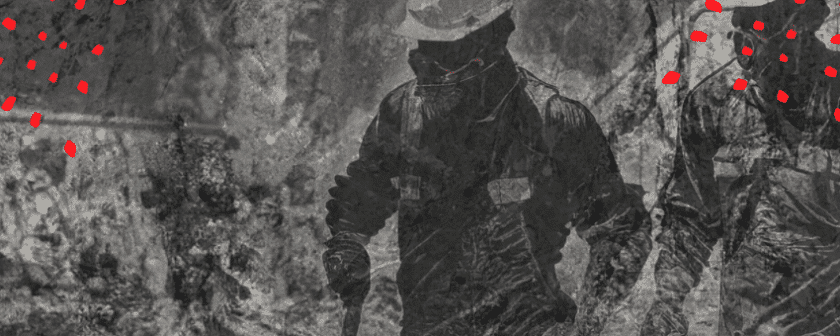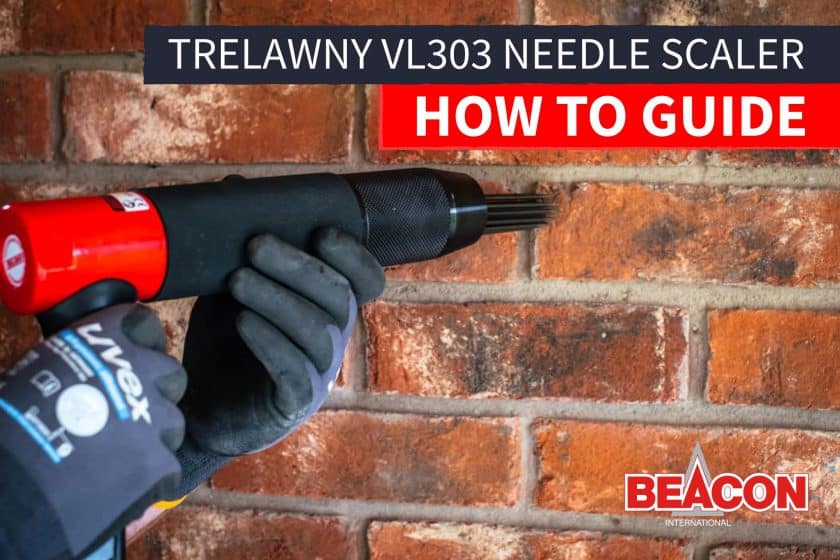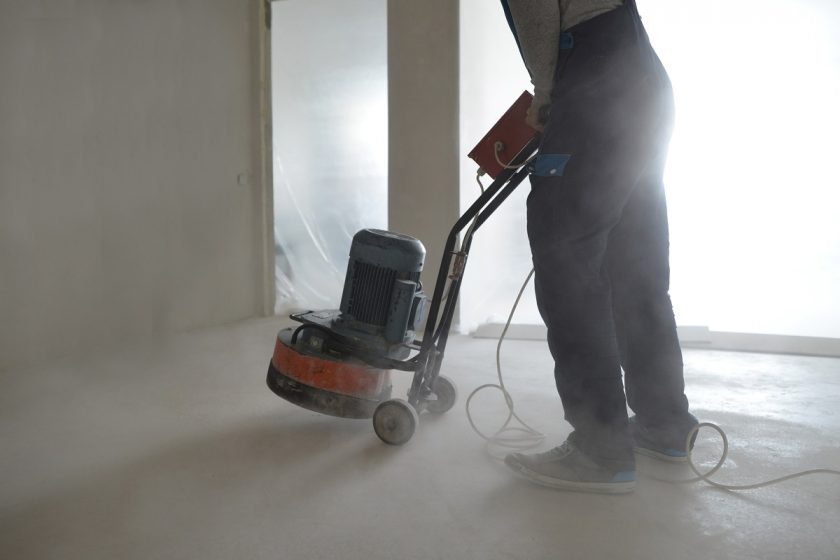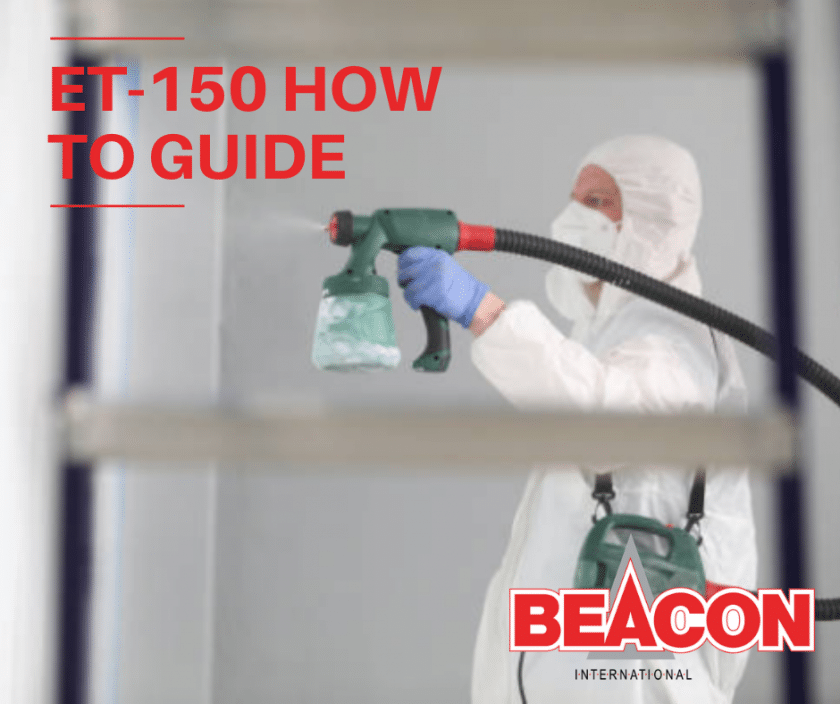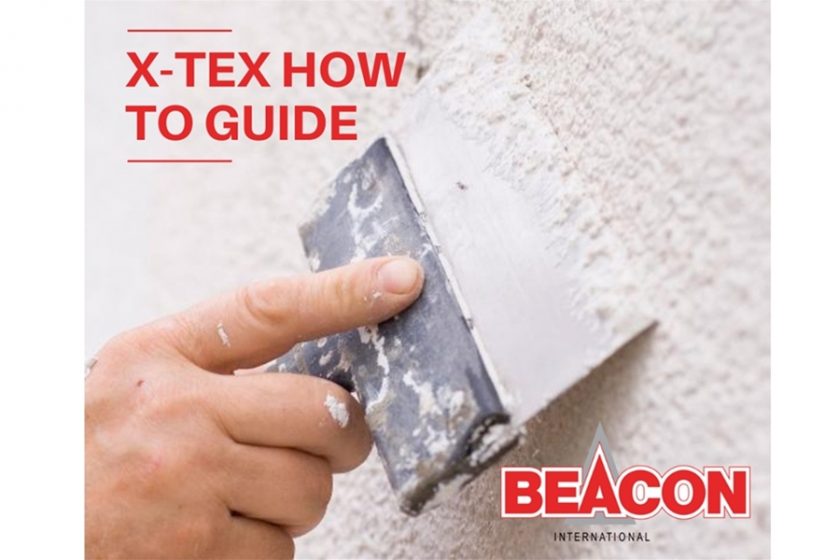No products in the basket.
Asbestos, once a miracle material used extensively in construction and manufacturing, is now a notorious health hazard. Its fibrous composition made it ideal for insulation, fireproofing, and other applications. However, when disturbed, asbestos fibres can become airborne and pose serious health risks when inhaled. Recognising asbestos and understanding where it might be hiding is crucial…

